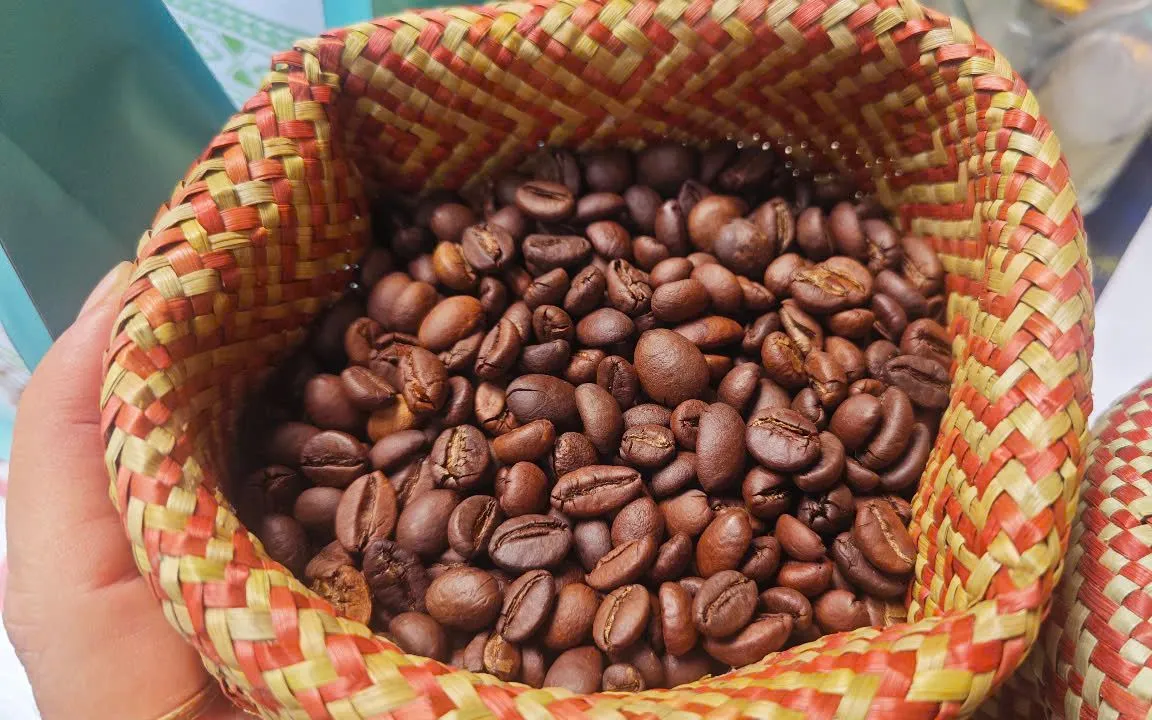
Illustration photo.
Currently, the export value over the past 10 months has exceeded the 60 billion USD mark, up nearly 13% over the same period last year. Many key products continue to affirm their position. Coffee has made a breakthrough with a value of nearly 7 billion USD, up more than 61%, thanks to an average export price of more than 5,600 USD/ton.
Rubber reached over 2.3 billion USD, up nearly 11%, mainly exported to China. Cashew nuts earned over 3.7 billion USD, up nearly 19%. Pepper, although down in volume, still increased in value by nearly 29% thanks to high export prices.
The export market also has a clear shift, as the value to Europe and Africa increased sharply, showing efforts to expand the market and improve the position of Vietnamese agricultural products on the global trade map.
Aiming for export value of 100 billion USD
From the mission of "feeding the nation" during war to the mission of "nurturing the future" in peace , Vietnam is aiming to export agricultural, forestry and fishery products to reach 100 billion USD by 2030. This is also a step to realize the expectation of becoming a global agricultural powerhouse associated with a green, ecological and circular economy.
Rice has become a pioneer in changing farming processes to produce rice that is not only delicious but also keeps the soil, water and air clean. The 1 million hectare high-quality low-emission rice project, led by businesses, has opened up room for growth for the next 5 years.
According to the Ministry of Agriculture and Environment , the growth potential of agriculture is huge when infrastructure for raw material areas, cold storage, logistics systems, electricity and irrigation are invested synchronously, combined with deep processing technology, application of artificial intelligence and traceability.
The "Green Vietnamese Rice - Low Emission" brand has had its first export shipment this year, suggesting that other potential sectors such as livestock, aquaculture, and fruits will have new steps forward in value when meeting green standards from the market. Reducing output but increasing value from factors other than agricultural products also shows the changing internal strength of Vietnamese agriculture in the face of inevitable trends.
Source: https://vtv.vn/nong-san-tang-toc-nhieu-mat-hang-lap-ky-luc-moi-100251118095120158.htm


![[Photo] The Standing Committee of the Organizing Subcommittee serving the 14th National Party Congress meets on information and propaganda work for the Congress.](https://vphoto.vietnam.vn/thumb/1200x675/vietnam/resource/IMAGE/2025/11/19/1763531906775_tieu-ban-phuc-vu-dh-19-11-9302-614-jpg.webp)




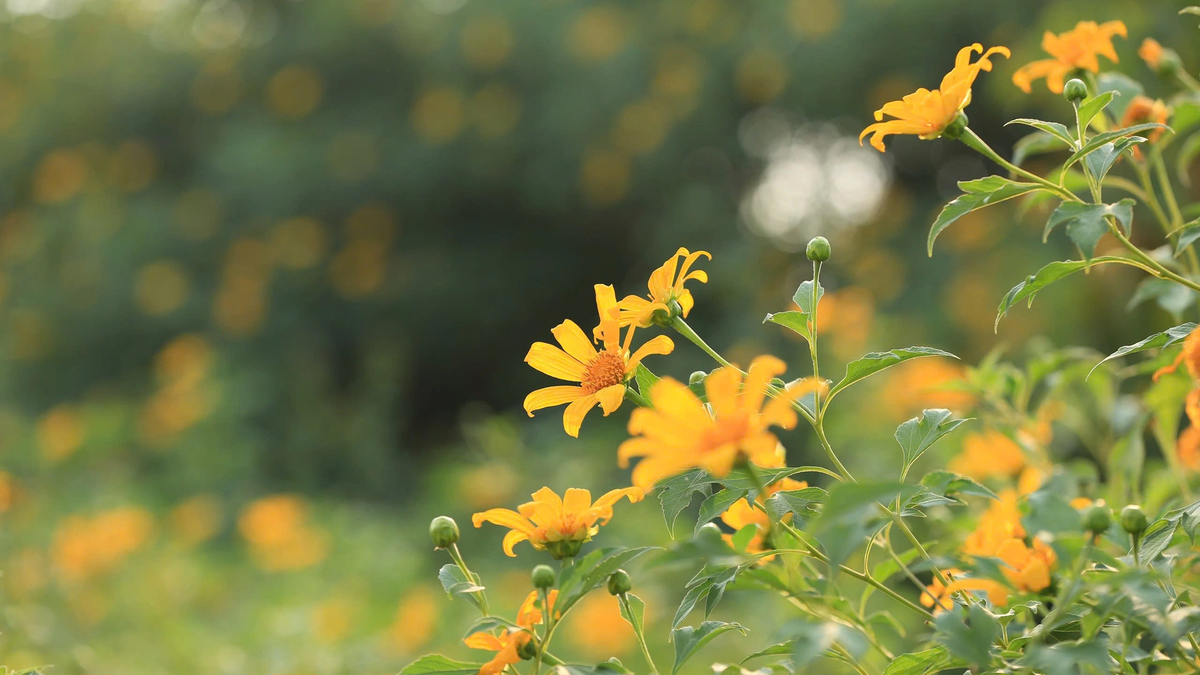






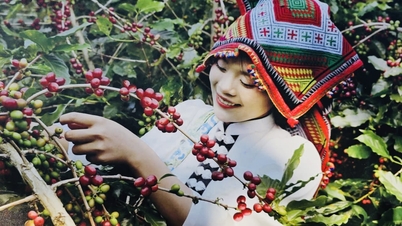

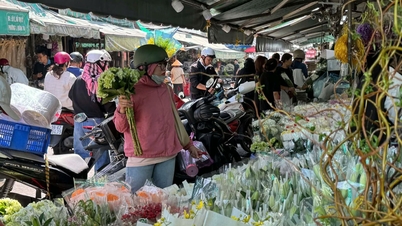
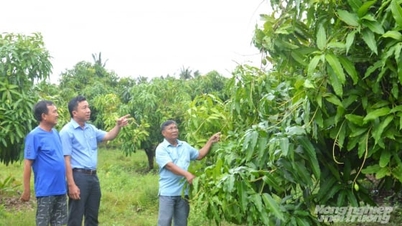



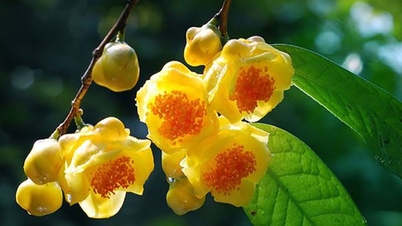







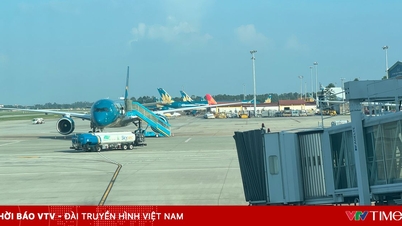
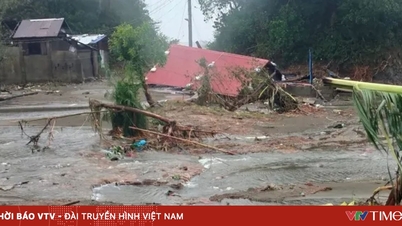

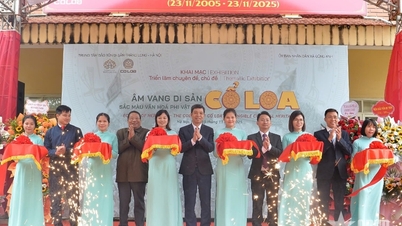











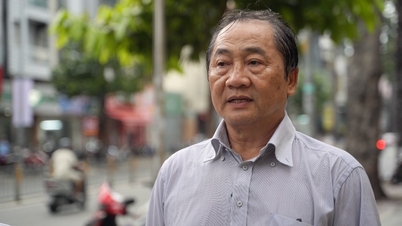

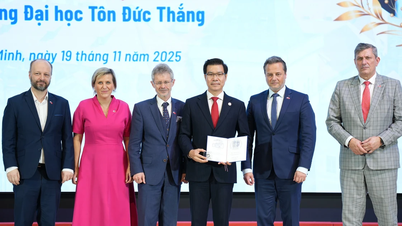



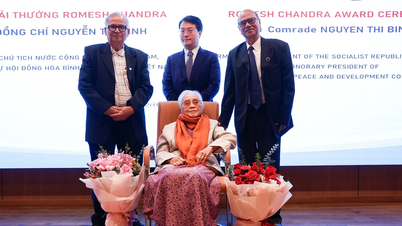







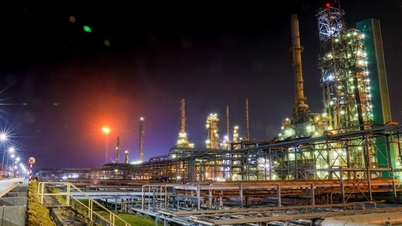


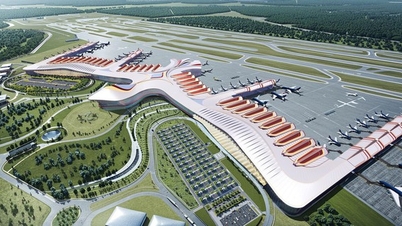








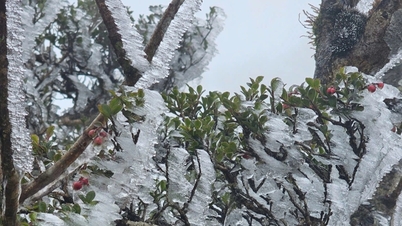


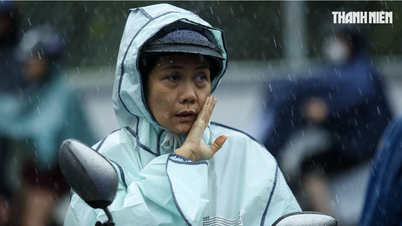










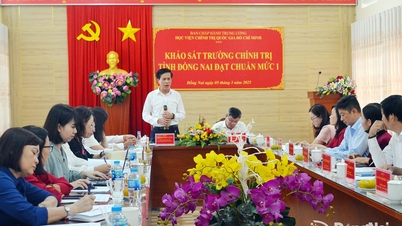

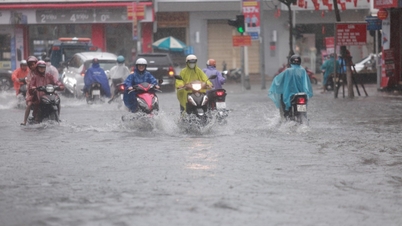

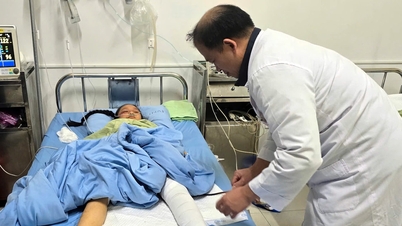


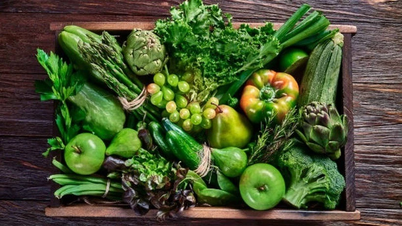













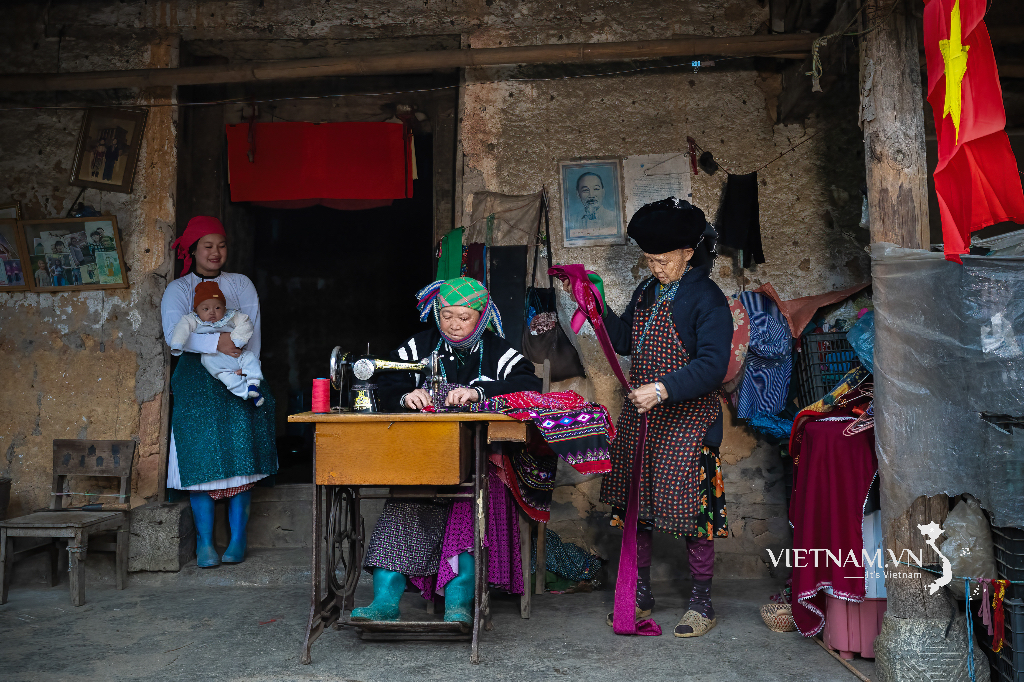


Comment (0)